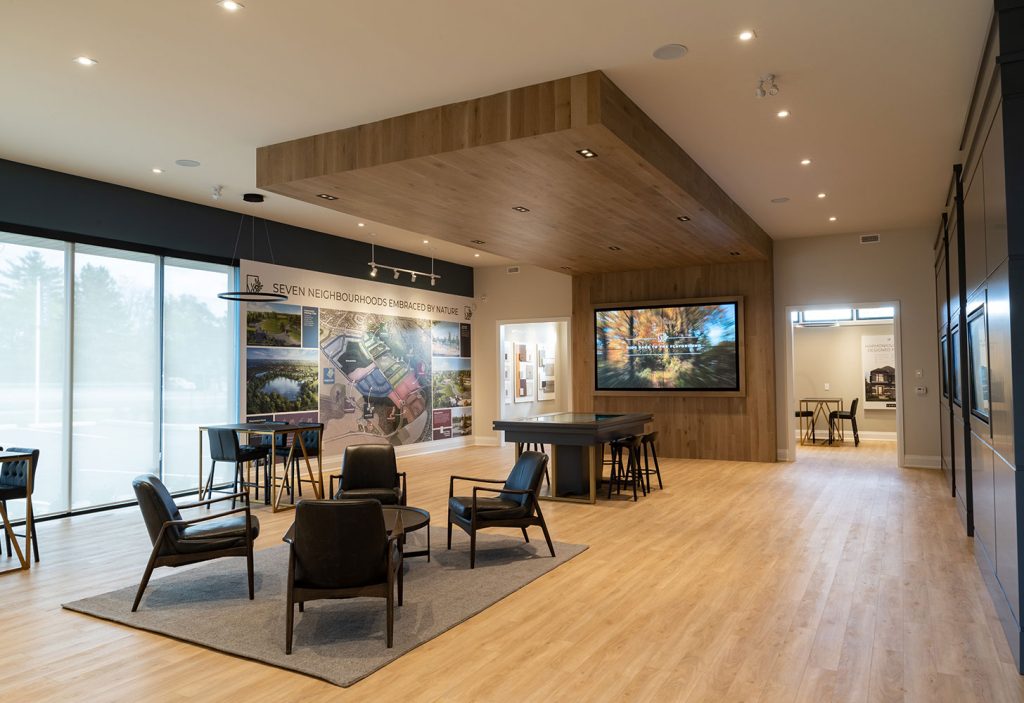Envision your dream home for a moment — does it have granite or quartz countertops? Light or dark floors? With websites like Pinterest and Instagram chock-full of beautifully-designed homes, it isn’t hard to find what inspires us. But when it comes to establishing a budget, it can be harder to know where to begin.
Choosing the features and finishes of your home while staying within budget may feel overwhelming, but rest assured that our talented team of designs will be there to guide you every step of the way. And so that you have time to prepare and crunch the numbers prior to your design studio appointment, we asked our Design Studio Specialist, Tiffany McDonald, for her best advice on how to budget for your design plans.

Why is it important to establish a budget ahead of visiting the design studio?
Having a number in mind ahead of visiting our studio ensures that the appointment will run as smoothly and effectively as possible, says Tiffany. As homeowners, you’ll feel a greater sense of comfort having already done your preparations for what you want to spend, and as your consultant, we’re able to ensure you choose finishes you love without exceeding your limit. Having an established budget also helps avoid any heartbreak — it’s disappointing when homeowners fall in love with a feature or finish, only to realize that it’s more than what they’re willing to spend.

How should I break down my budget?
The more prepared you are coming into the design studio, the better. It’s important to consider your total budget, but also how you want to allocate it throughout your home, says Tiffany. Our Design Studio Manager is a tool we offer to help homeowners plan and budget for their upcoming appointment. Everyone breaks down their budget differently, but if the kitchen is the heart of your home, it makes sense that you’d want to invest more design dollars behind it.
My recommendation is that your kitchen budget equates to 30 to 50 per cent of your total budget; 10 per cent for the master ensuite and 20 per cent for any structural changes you’d like to make. Homeowners and investors alike gravitate toward adding more value on the main floor of the home, as it’s the first impression of a home and you tend to spend more time there.
For more design advice, including our comprehensive guide on understanding the Cachet design process, click here.









